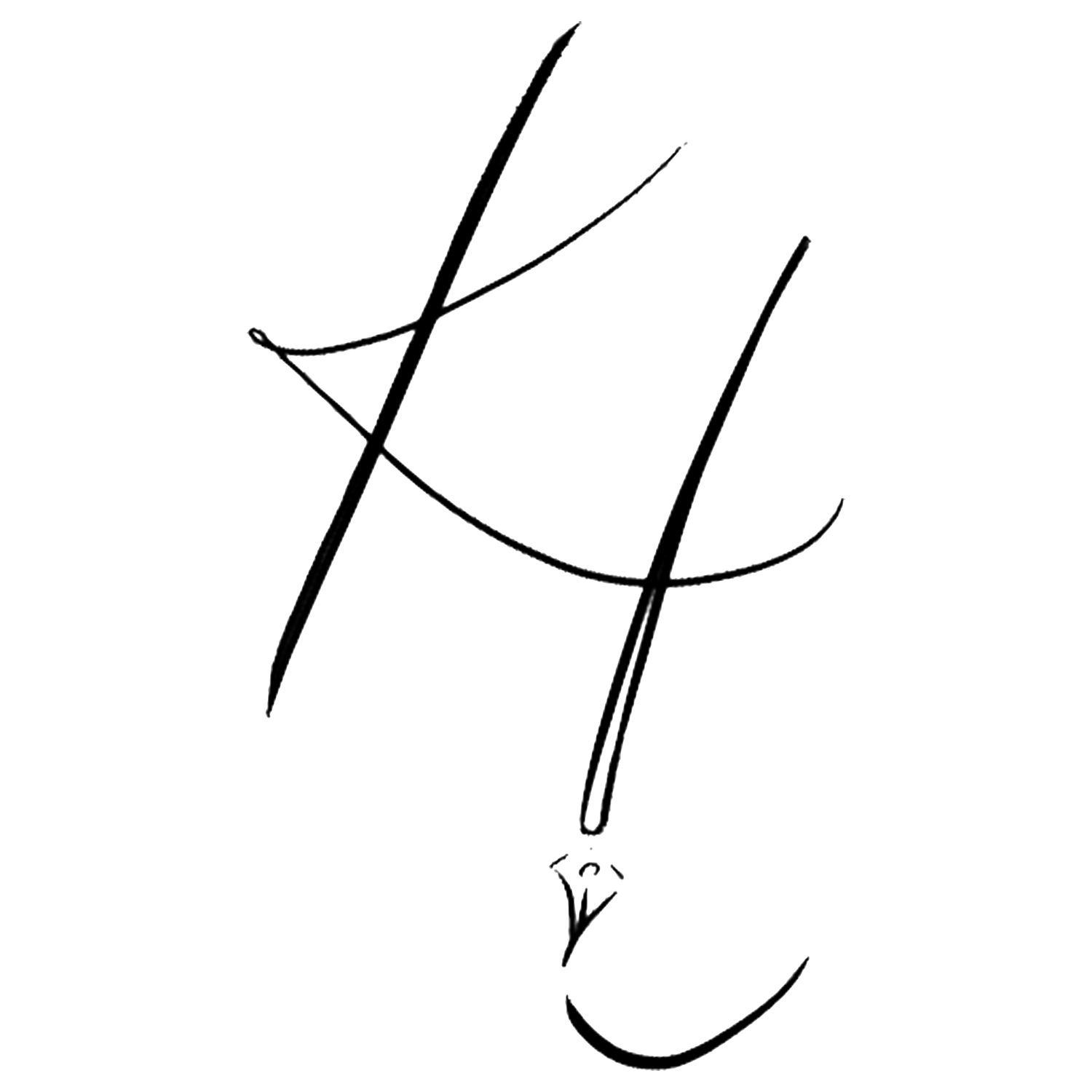Well what a week it’s been, having felt I was being sensible and taking necessary precautions last weekend I postponed my approaching workshops for this month and next. Fast forward a few very long days later and we had all been advised to go full ‘social distancing’ mode, with all public events cancelled or postponed, not to mention lots of weddings too. It is heartbreaking to think of all the time and effort that has gone into planning your big day, so if you are a couple who have had to postpone your nuptials, I am so so sorry you are going through this.
While we all navigate what will certainly be a very different way of living over the coming weeks or months, I wanted to share some ‘how to’ videos so that you can use the time you might now have on your hands as wisely as possible! By learning calligraphy of course!
Head to my Instagram @kayleightarrant and you’ll find the first three highlights include handy snippets for approaching faux calligraphy, brush calligraphy, and pointed pen calligraphy.
As promised I wanted to follow up the videos with a blog post to include some of the information you might want to hold on to for future reference around equipment, mixing inks, and so forth.
First up, faux calligraphy: no special equipment needed, just any pens or pencils you might have lying around the house already. Blunt pencils are great as you can effectively apply more, or less pressure, to achieve the desired effect.
Brush calligraphy: A round paint brush and a brush pen both feature in the ‘how to’ videos, my preference would be a paint brush, but this is entirely personal preference. The paint brush I used in the video was a size 2 Pro Arte Masterstroke round brush, with Winsor & Newton drawing ink in Viridian. The brush pen I used was a Tombow, these pens have a felt tip on one end and a brush pen on the other end, and come in lots of different colours.
Pointed pen calligraphy: I used a Japanese Nikko G nib (available to buy here), a Speedball straight pen holder (available to buy here), with Higgins Eternal Black Ink (available to buy here). The Winsor & Newton drawing ink mentioned above for brush calligraphy can also be used for dip pen calligraphy, but do ensure the quality of your paper can withstand this or it may bleed. You can buy my practice pad featured in the videos here.
You can also mix your own ink for dip pen calligraphy or brush calligraphy by mixing Gouache in your chosen colour (widely available at art stores) with water. Just add the gouache first (if your not planning on using the ink for a huge project just use a dollop the size of your thumb nail to avoid waste) and add water using a pipette or paint brush and mixing until you achieve a single cream consistency. The ink can then be painted onto your nib, or you can add a little more water to dip the nib if you have mixed a larger quantity.
I would suggest beginning your practice with some simple mark making and drills, and you can then progress onto forming letters. Please don’t be tempted to move too fast, if you master applying the pressure and taking it off at the right times, you will begin to develop muscle memory and your lettering will flow much more easily with your confidence. This free printable worksheet from The Postman’s Knock is great for getting started.
I am very happy to provide feedback virtually as you practice, but please do be patient as calligraphy requires lots of practice, even if it may look straightforward at first glance. It is an excellent skill for practicing mindfulness though, so I hope that you are able to find a little solace in your practice, and write some beautiful things for those you care about and can’t currently spend time with.
Enjoy!
